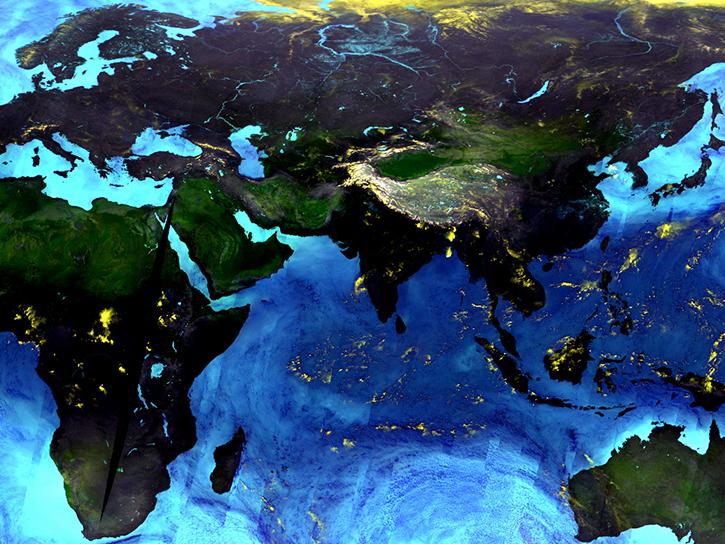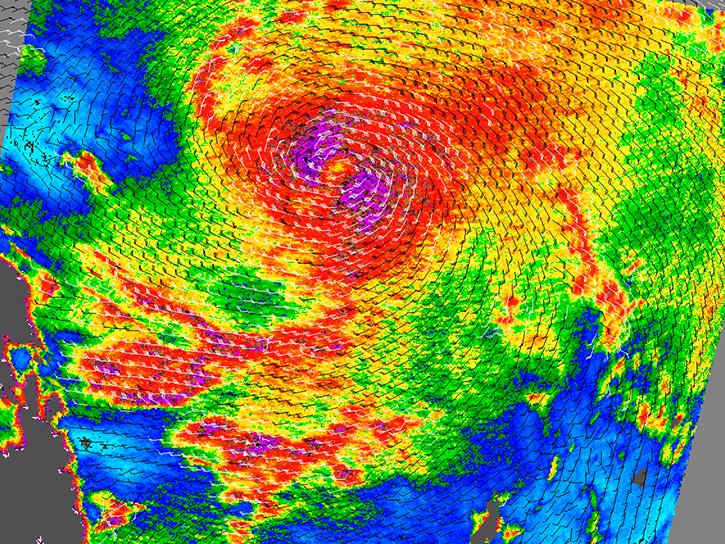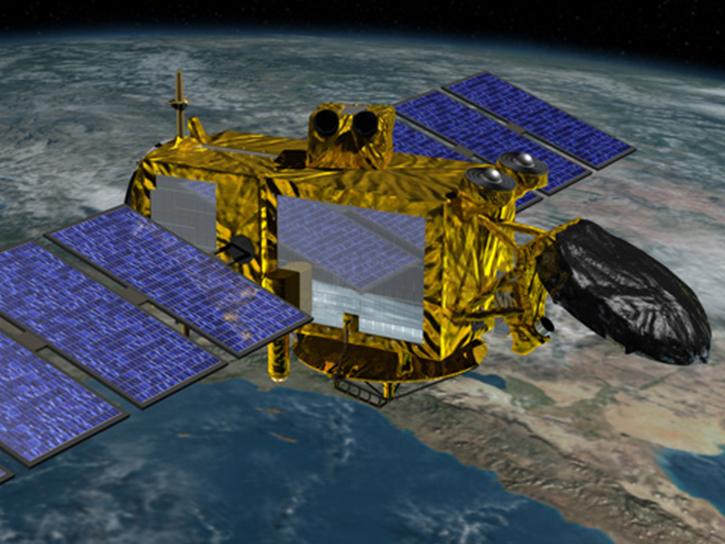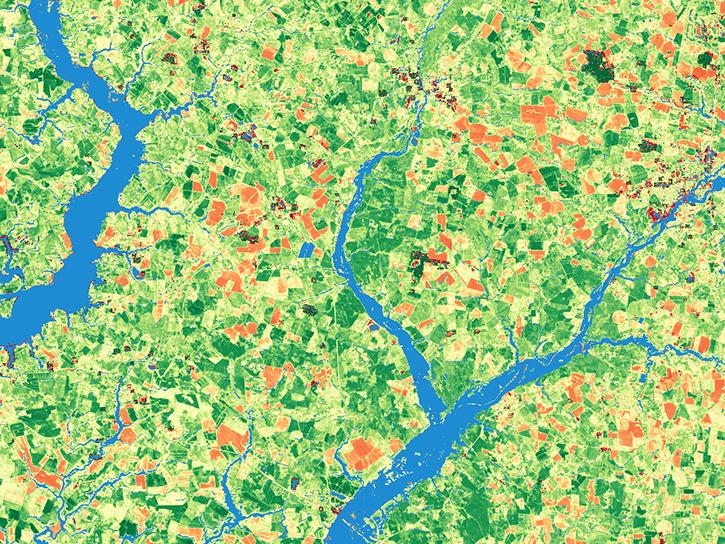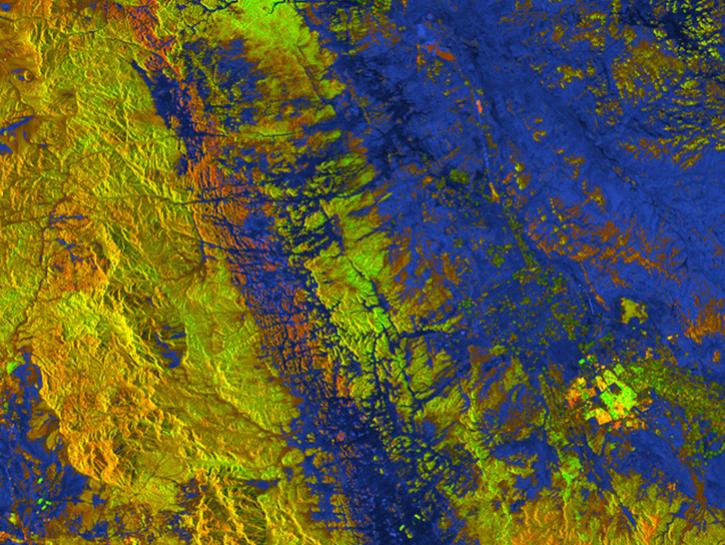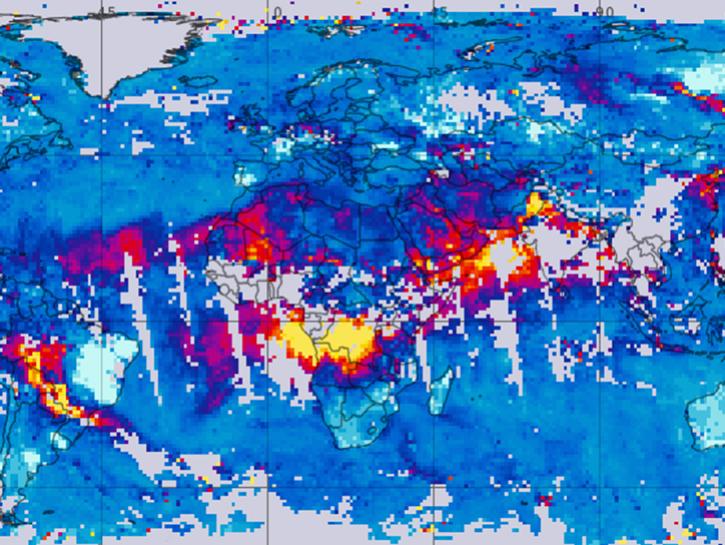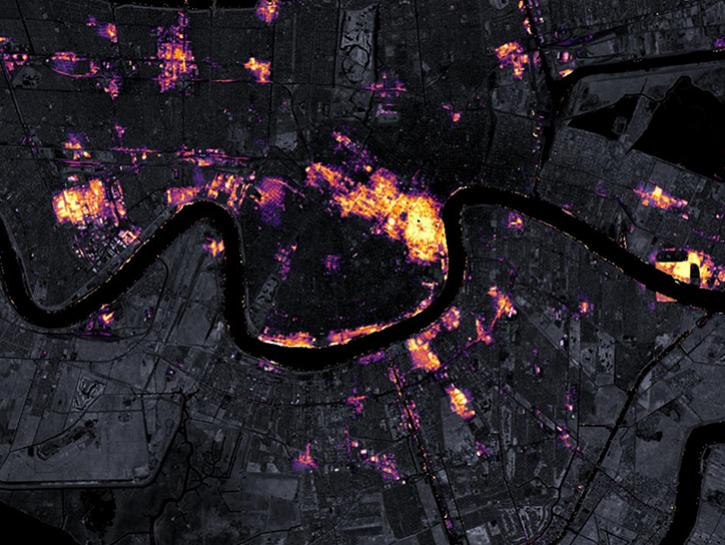Explore NASA Earth Data
Our data span the breadth of Earth science disciplines and cover even the most remote areas of the planet, providing measurements of Earth’s atmosphere, ocean, land, and cryosphere; assessments about how humans interact with the environment; and assessments of calibrated radiance and solar radiance. These measurements help us better understand climate change, severe weather, sea ice and glaciers, hazards and disasters, health and air quality, ecology, and water resources.
